To właśnie w tym miejscu zrodził się pomysł budowy jeziora, a właściwie zbiornika retencyjnego „Turawa”, choć ostateczną zgodę musiał wydać, a działo się to w Berlinie w latach 30tych XX wieku, kanclerz III Rzeszy – Adolf Hitler. Sam pałac powstał znacznie wcześniej bo w połowie XVIII wieku dla pana turawskich ziem Martina Scholza von Loewenckorna, który w 1712 r. kupił Turawę od Franciszka Karola Blankowskyego - kolejnego po rodzie Kotorz właściciela okolicznych dóbr. Następnie obiekt był kilkukrotnie rozbudowywany. Po raz kolejny m.in. w 1761r kiedy to zostało dobudowane północne skrzydło oraz brama wjazdowa. W skutek ślubu dziedzica Loewenckornów z Anną Barbarą von Garnier majtek przeszedł w kolejnych latach w ręce von Garnierów, którzy na trwałę zapisali się w historii tych ziem fundując budowę kilku obiektów sakralnych i świeckich w okolicy, a także doprowadzając do powstania jezior. Sam pałac jest przykładem budowli barokowej z neorokokową dekoracją. Obiekt został wzniesiony na planie nieregularnego prostokąta. Podobno w niezmienionym stanie do dziś zachowała się tylko sala balowa, gdyż reszta została przebudowana w czasie, kiedy w rezydencji mieścił się (druga połowa XX wieku) Dom Dziecka.
Pałac w Turawie
Budowę pałacu rozpoczęto w XVIII wieku. Dlaczego taki zniszczony – pytają dziś turyści. Wojenna zawierucha sprawiła, że posiadłość opuścił dobrodziej pałacu i ziem turawskich hrabia von Garnier. Wcześniej jednak sprawił, że obok powstały słynne jeziora turawskie.
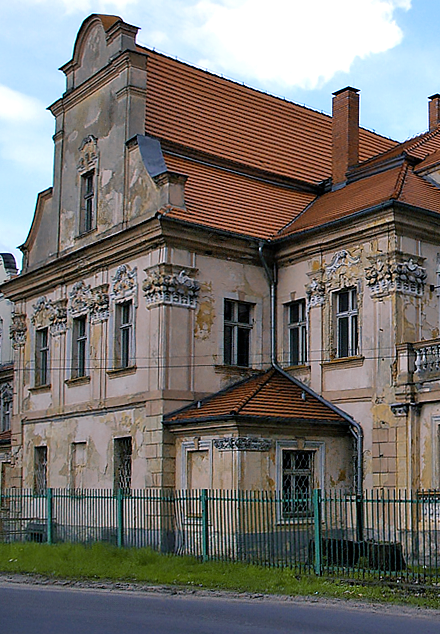
How it working
Aby posłuchać historii pomników w ramach projektu „Poznaj historię” należy wykonać kilka prostych czynności. Poniżej przedstawiamy krótką „instrukcję obsługi” - krok po kroku, tak aby w miarę prosto przedstawić Państwu sposób dotarcia do minisłuchowisk.
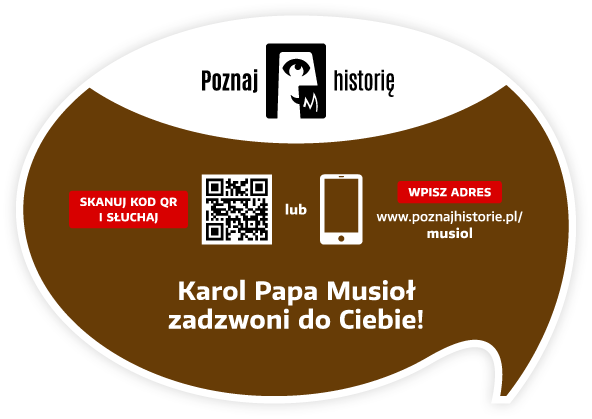
Trzeba mieć smartfon z aparatem fotograficznym. Obiektyw aparatu należy skierować w kierunku tabliczki informacyjnej znajdującej się tuż obok pomnika. Poniżej pokazujemy widok samej tabliczki oraz przykładowego jej umiejscowienia przy pomniku Karola Musioła w Opolu.
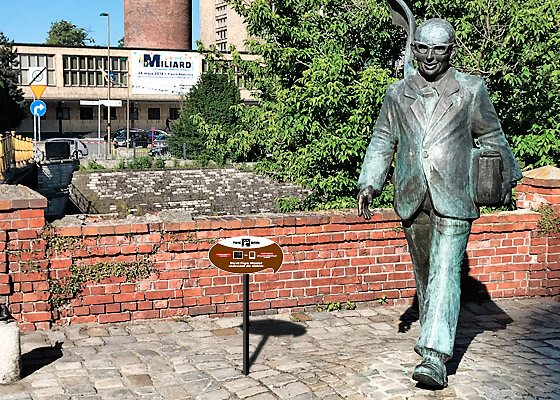
Po skierowaniu aparatu smartfona na kod QR znajdujący się w prawej części tabliczki na aparacie pojawi się ekran powitalny aplikacji, a następnie ekran z nazwą, zdjęciem pomnika i przyciskiem „START”.

Przycisk „START” uruchamia proces odtwarzania minisłuchowiska.
Następne kroki podpowie nam smartfon po wysłuchaniu historii lub przerwaniu jej odtwarzania. Prosimy o obserwowanie ekranu smartfona!

Inne dostępne opcje: krótka informacja o pomniku, autorze tekstu oraz nagrania, wykaz innych pomników w mieście objętych projektem "poznaj historię", mapka pomników do pobrania, film oraz linki do mediów społecznościowych.
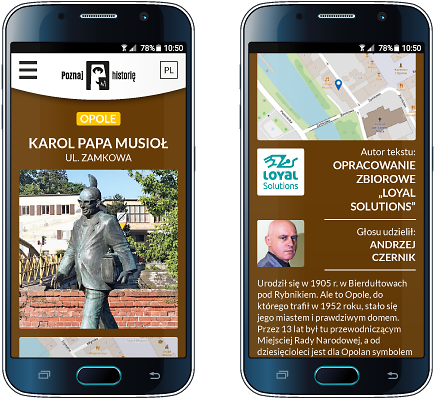

Chciałbyś wdrożyć projekt również w swoim mieście?
ContactWybierz obiekt
Zobacz galerię
Pomniki w mieście przypominają nam historię miejsc, ludzi, nawiązują do ważnych wydarzeń. To także dzieła pracy artystów. Brąz, metal, drewno czy beton zamienione w formę pomnikowego obelisku skupiają uwagę. Lubimy przy nich siadywać, fotografować się, umawiać.
Poniżej pokazujemy Państwu, jak reagują osoby słuchające opowieści niemych zazwyczaj pomników. Jak się uśmiechają, zamyślają, czasem dziwią albo bawią…
Partnerzy projektu
Realizacja projektu „Poznaj historię” w każdym z miast wymaga zaangażowania wielu ludzi: programistów, grafików, autorów tekstów, aktorów, realizatorów dźwięku czy osób koordynujących całe przedsięwzięcie. To dzięki nim powstał te projekt.
Naszą ambicją jest, aby jego zasięg stale się rozszerzał. Dlatego dziękujemy obecnym partnerom i zapraszamy kolejne miasta, instytucje oraz firmy i osoby prywatne do współpracy!
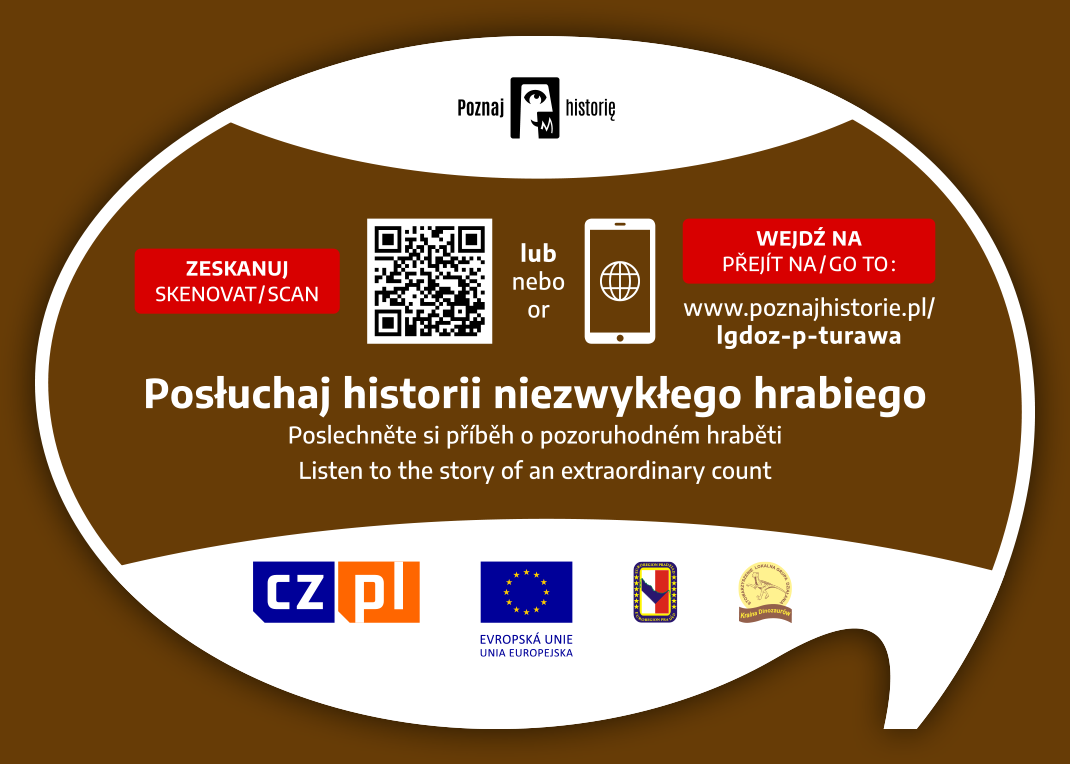


Visit Social media:
Share Social media: